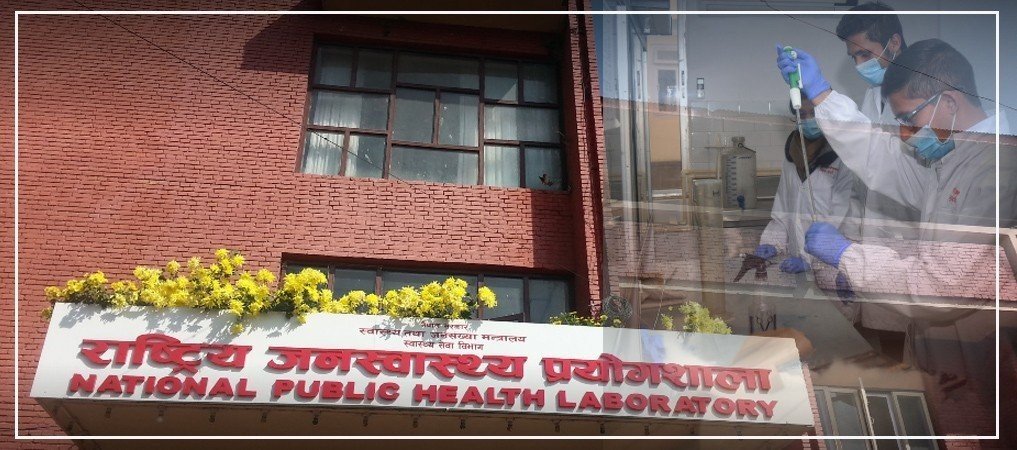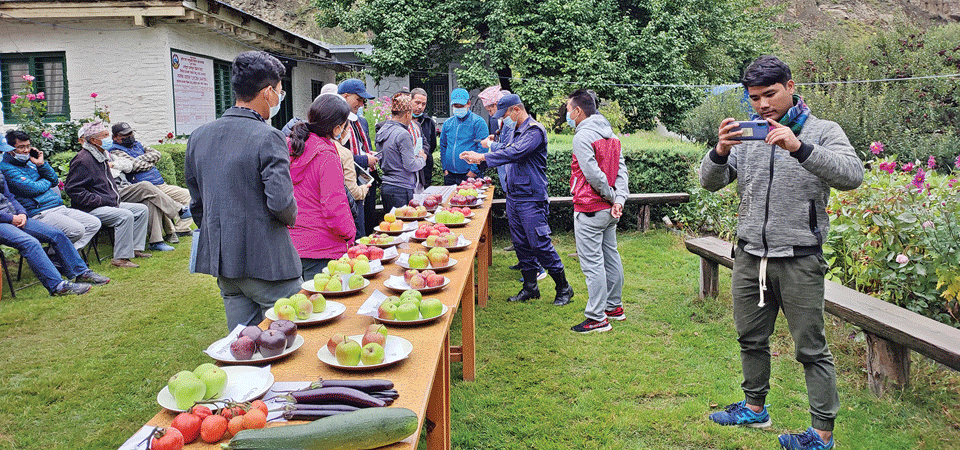Clay Kills Microbes!
Diana Gavrilova
Doctors are increasingly discovering that antibiotics are not killing the infections they hoped for. But a team of American geologists believes the solution may be right under their feet - it's clay.
Many of the bacteria that make us sick are becoming resistant to antibiotics. The genes of microbes have changed over several generations. And some of these changes have made microbes immune to the drugs designed to kill them.
Clay, however, can kill these microbes. But not just any clay will do, explains Linda Williams, a geologist at Arizona State University at Tempe. Clay that formed after ancient volcanoes erupted works best, she says. As water heated by a volcano moves through deposits of volcanic ash, this can change the chemical composition of the clay. And it can give those signs of clay that are "important to healing," explains Williams. Her team was studying clay from volcanic ash deposits at a site near Crater Lake.
Geologists took samples from different areas. Each clay sample was a different colour: blue, white, or red. After drying each colour of the clay, the researchers mixed it with sterile water. They then added one of two types of disease-causing bacteria: Escherichia coli or Staphylococcus epidermidis. The first type can cause severe stomach cramps, diarrhoea, and vomiting. Some strains of it can even cause kidney failure and death. The second bacterium, S. epidermidis, causes skin infections.
Williams and her team placed each mixture of clay, water and bacteria in a container heated to body temperature. They then left the mixture overnight. The next morning, the researchers took each batch and added nutrients. If bacteria were alive, they would feed on nutrients and grow.
The researchers found that the red clay had no effect on them. In contrast, all E. coli andS. epidermidis that were incubated with blue clay died. And white clay: it killed more than half of E. coli and about 30 per cent of S. epidermidis.
Clay may offer a new line of attack in the fight against bacteria that have already become resistant to standard antibiotics. However, the use of clay for disease control is still a long way off. One reason: Even if the clay is indeed capable of killing many infectious bacteria, more tests will be needed to see how much clay a sick patient might need or how doctors can apply it. The challenge is to "find the right clay," with the right chemistry, to make it an effective antibacterial agent.
The first antibiotic, penicillin, came from a mould. From the 1920s to the 1940s, chemists based most of the new antibiotics on natural poisons that moulds and other microbes created to protect themselves from bacteria. Over time, however, other synthetic agents have emerged -- laboratory-created chemicals, some of which are not associated with living organisms -- that can also kill or inhibit the growth of infectious bacteria.
Today, many drug developers prefer to use the term "antimicrobial agent" to refer to both natural and synthetic compounds. However, many people use the word "antibiotic" to refer to both. Clay, as nothing more than a collection of minerals, probably fits the definition of an antimicrobial better. But they certainly serve the same function as antibiotics.
-- Pravda.ru
Recent News

Do not make expressions casting dout on election: EC
14 Apr, 2022
CM Bhatta says may New Year 2079 BS inspire positive thinking
14 Apr, 2022
Three new cases, 44 recoveries in 24 hours
14 Apr, 2022
689 climbers of 84 teams so far acquire permits for climbing various peaks this spring season
14 Apr, 2022
How the rising cost of living crisis is impacting Nepal
14 Apr, 2022
US military confirms an interstellar meteor collided with Earth
14 Apr, 2022
Valneva Covid vaccine approved for use in UK
14 Apr, 2022
Chair Prachanda highlights need of unity among Maoist, Communist forces
14 Apr, 2022
Ranbir Kapoor and Alia Bhatt: Bollywood toasts star couple on wedding
14 Apr, 2022
President Bhandari confers decorations (Photo Feature)
14 Apr, 2022











